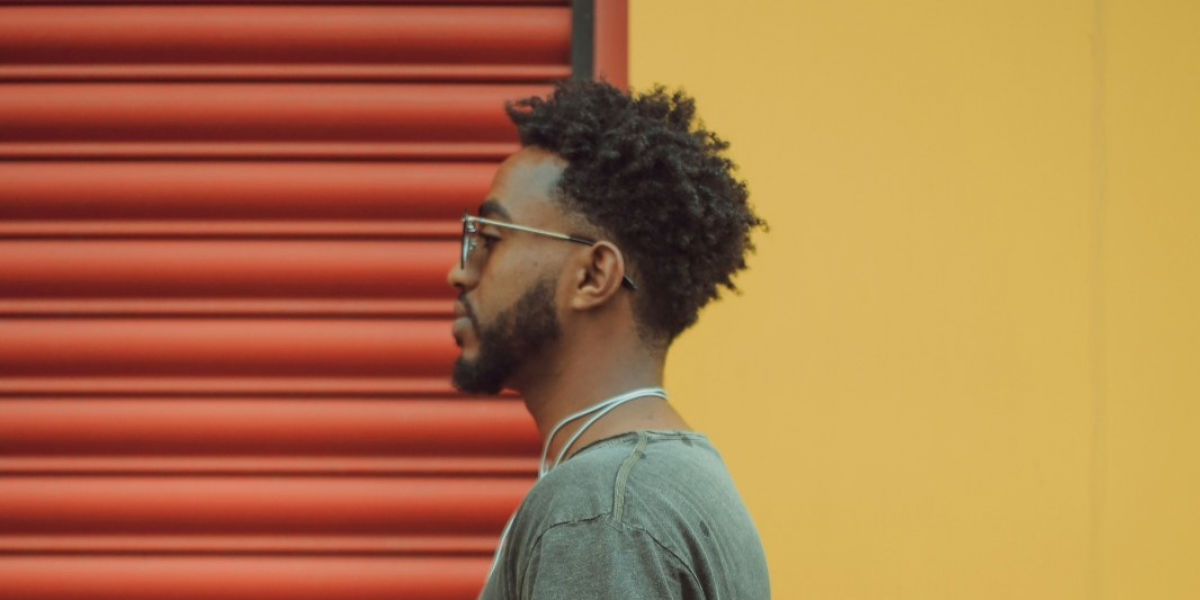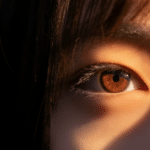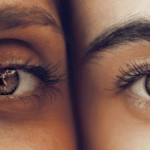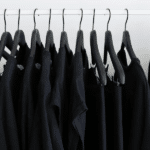When we watch a movie or flip through a photo album, we often don’t realize how much the direction of elements within each frame contributes to the overall impact. Directionality in film and photo compositions refers to the way objects, characters, or elements are positioned and move within the frame. Let’s delve into what directions mean in both film and photo compositions and how they enhance storytelling and visual appeal.
Directionality in Film
In filmmaking, directionality plays a crucial role in guiding the audience’s attention, conveying emotions, and advancing the narrative. Directors use various techniques to manipulate directionality within each scene:
Actor Movement
The movement of actors within the frame can establish the flow of action and emotion. For example, a character moving from left to right might signify progress or resolution, while movement in the opposite direction could suggest conflict or regression.
Camera Angles and Movement
The placement and movement of the camera influence how the audience perceives space and perspective. Angles such as high angles, low angles, and Dutch angles can create different visual dynamics and evoke specific emotions. Additionally, camera movements such as tracking shots or panning can lead the viewer’s eye and create a sense of movement within the scene.
Lighting and Shadows
Lighting direction can enhance mood and highlight important elements within the frame. Whether it’s soft, diffused light from one side or harsh, dramatic lighting from above, the direction of light can shape the atmosphere and emphasize the desired focal points.
Directionality in Photography
Similar to film, directionality plays a vital role in photography by influencing composition, visual flow, and storytelling. Photographers use various techniques to incorporate directionality into their images:
Subject Placement
The placement of the main subject within the frame can create a sense of movement or lead the viewer’s eye. Placing the subject off-center using the rule of thirds or leading lines can add depth and visual interest to the composition.
Perspective and Depth
The angle from which a photograph is taken affects how objects within the frame are perceived in relation to one another. Whether it’s shooting from eye level, bird’s-eye view, or worm’s-eye view, perspective adds dimension and context to the scene.
Foreground and Background Elements
Incorporating foreground and background elements with different directional cues can add layers of visual complexity and depth to the composition. By carefully arranging elements within the frame, photographers can create dynamic images that draw the viewer’s attention and evoke emotion.
Contrarian View: Simplifying Directionality
While directionality can undoubtedly enhance the storytelling and visual appeal of film and photo compositions, there’s also value in simplicity.
Minimalism and Focus
In some cases, simplifying directionality by minimizing movement and distractions can create a stronger impact. By focusing on a single subject or element within the frame, photographers and filmmakers can convey a clear message or emotion without overwhelming the viewer.
Subtlety and Subtext
Not every composition needs overt directionality to be effective. Subtle cues, such as subtle changes in lighting or subtle shifts in framing, can convey deeper subtext and invite interpretation from the audience.
In Summary
Directionality in film and photo compositions is a powerful tool for guiding the viewer’s attention, conveying emotion, and advancing the narrative. Whether it’s through actor movement, camera angles, lighting, or composition techniques, directionality adds depth and visual interest to visual storytelling. However, it’s essential to recognize that simplicity and subtlety also have their place in creating impactful compositions. By understanding and harnessing the power of directionality, filmmakers and photographers can create compelling visuals that resonate with audiences on an emotional level.



















